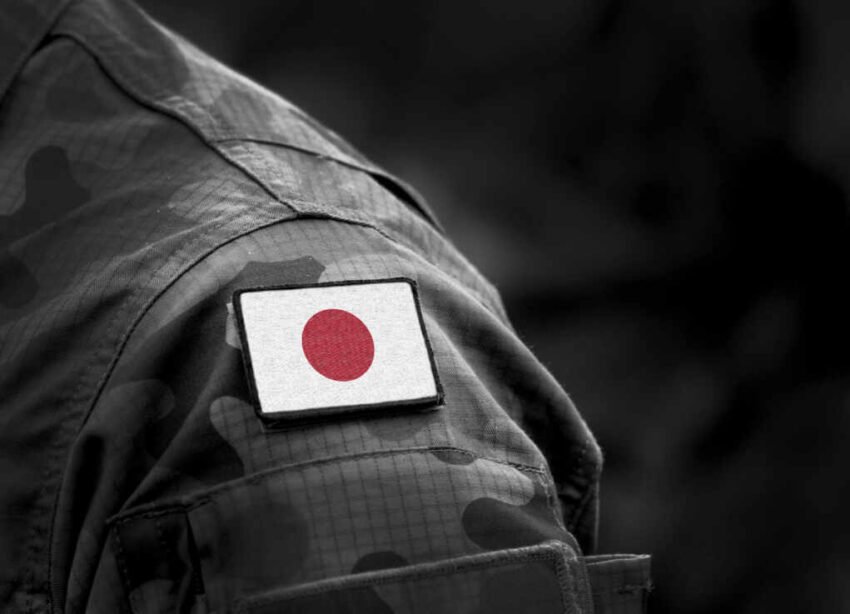Japan has raised concerns after Chinese fighter jets flew dangerously close to a Japanese patrol plane during unprecedented dual-carrier drills in the western Pacific.
At a Glance
- China deployed the Liaoning and Shandong aircraft carriers together near Japanese waters for the first time.
- A Chinese J-15 fighter flew just 45 meters from a Japanese P-3C aircraft on June 7 and again on June 8.
- Tokyo called the encounters extremely dangerous and lodged a diplomatic protest with Beijing.
- China defended the maneuvers as lawful military training in international airspace.
- Japan has called for new communication protocols to prevent future close encounters.
Rising Tensions Over Naval Power Projections
The Chinese navy’s dual deployment of the Liaoning and Shandong marks its first known twin-carrier operation in the Pacific. According to The South China Morning Post, the carriers operated east of Taiwan and south of Japan’s remote Minamitorishima Island, within Japan’s exclusive economic zone. While China insists the carriers remained in international waters, Japanese officials view the maneuver as a calculated display of power in contested regional airspace.
Dangerous Intercepts Spark Diplomatic Alarm
Japan’s Defense Ministry reported that a Chinese J-15 fighter flew within 45 meters of a Japanese P-3C surveillance plane on June 7 and shadowed it for 40 minutes. On June 8, another J-15 passed 900 meters ahead of the same aircraft for an additional 80 minutes. As covered by The Japan Times, Tokyo has labeled the close-range flybys “extremely dangerous” and lodged a formal protest.
Watch a report: Chinese Jets Buzz Japanese Plane During Carrier Drills.
Beijing Dismisses Accusations as Routine
In response, China’s Foreign Ministry stated the intercepts were part of “routine legal training” and accused Japan of conducting provocative reconnaissance near its fleet. China Daily quoted ministry spokesperson Lin Jian saying that the drills complied with international law and that it was Japan that posed the risk by operating surveillance flights so close to active exercises.
Nonetheless, Tokyo has urged for the establishment of operational safety agreements to avoid accidental conflict. As noted by NHK World, Japanese officials are pushing for renewed dialogue to establish air-to-air contact protocols similar to maritime communication mechanisms already in place with China.
Strategic Implications for the Region
Military analysts interpret China’s dual-carrier maneuver as a signal of readiness to contest U.S.-Japan dominance in the Pacific theater. According to The Diplomat, the drill may also serve as a rehearsal for broader power projection across the second island chain. Japan, in turn, is reassessing its patrol flight patterns and may expand early-warning and air-defense infrastructure in its southern islands in response.
Click this link for the original source of this article.
Author: Editor
This content is courtesy of, and owned and copyrighted by, https://deepstatetribunal.com and its author. This content is made available by use of the public RSS feed offered by the host site and is used for educational purposes only. If you are the author or represent the host site and would like this content removed now and in the future, please contact USSANews.com using the email address in the Contact page found in the website menu.








